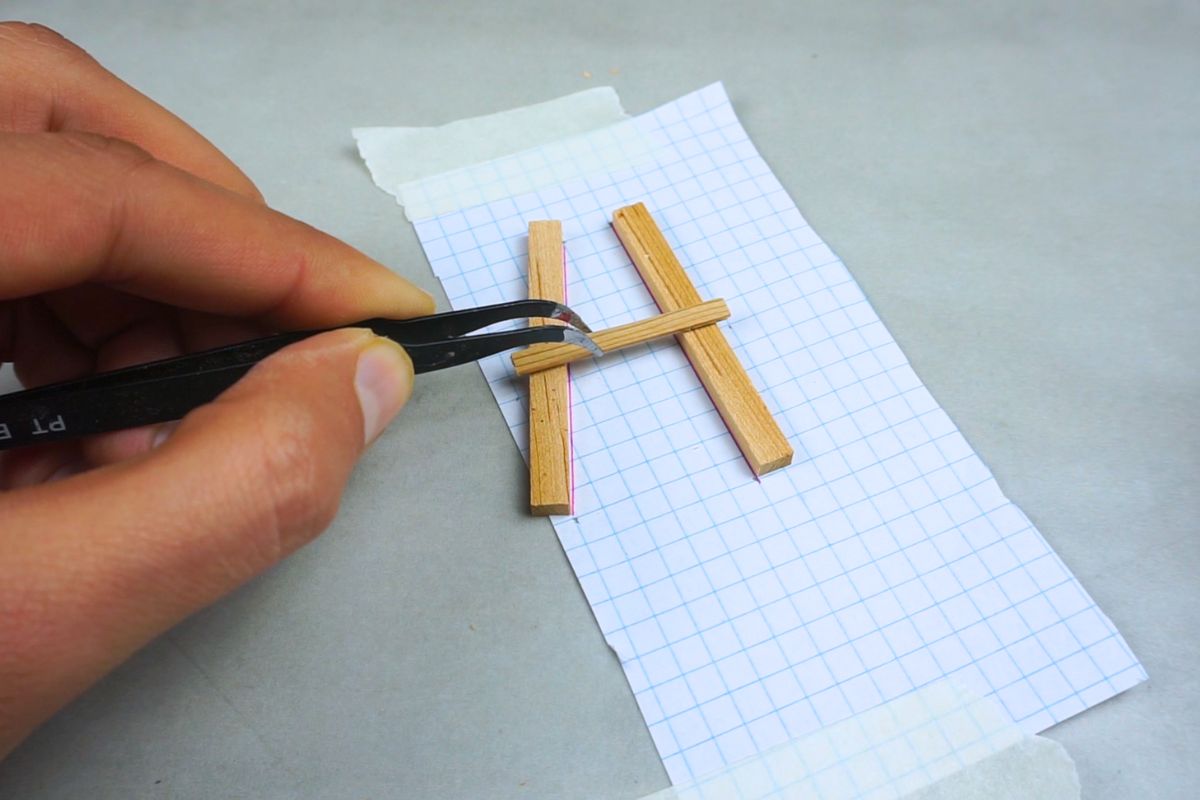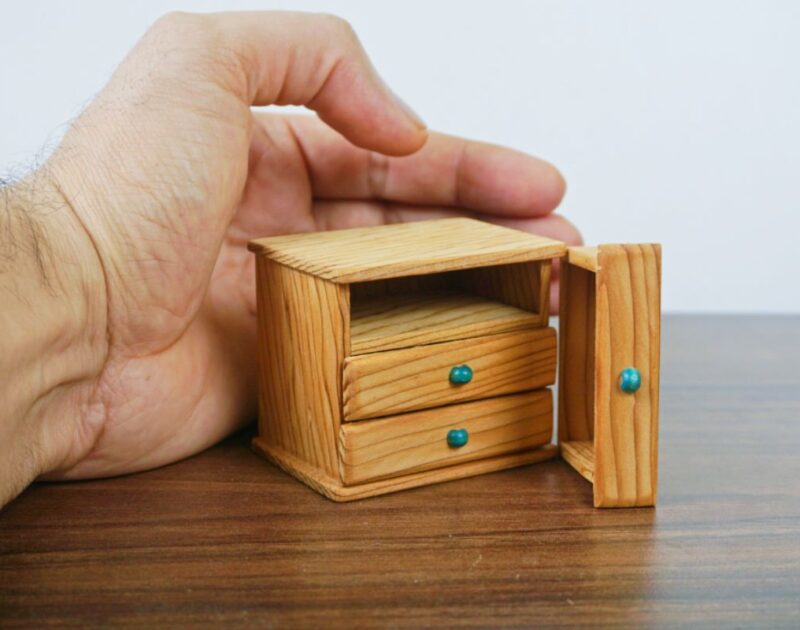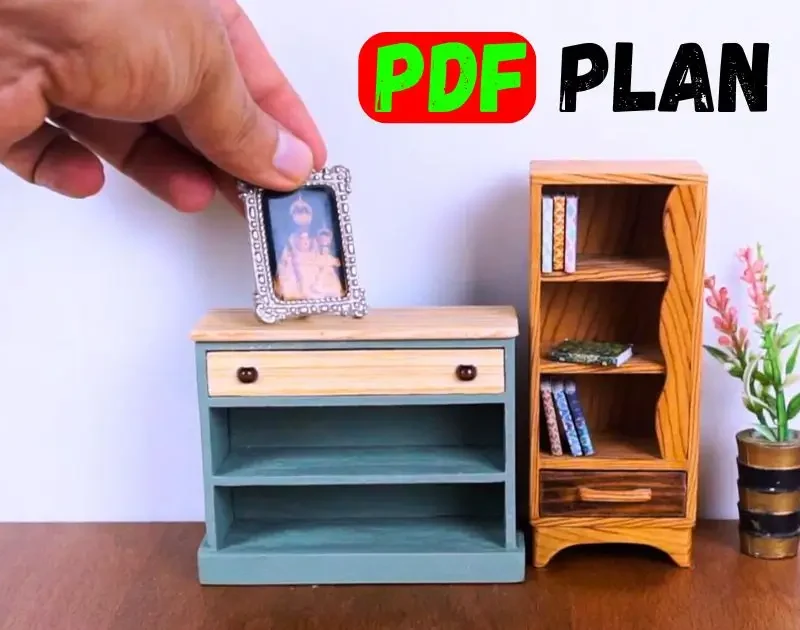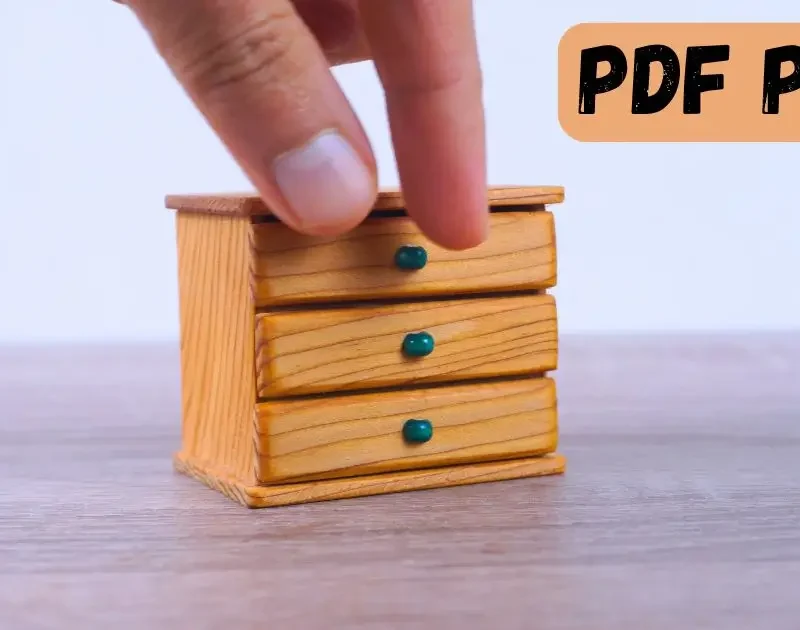Miniature making is an art form that demands precision, patience, and the right tools. Whether you’re crafting tiny furniture pieces, architectural models, or dollhouse accessories, every millimeter matters. Among the often-overlooked essentials in this craft is 5mm squared paper—a simple yet transformative tool that can elevate your miniature making projects from amateur to professional quality.
Why Squared Paper Matters in Miniature Making
When working on miniature making projects, accuracy is everything. The difference between a well-proportioned miniature chair and an awkward-looking piece often comes down to precise measurements and careful planning. This is where 5mm squared paper becomes your secret weapon.
Despite my experience in miniature making, I’m still learning and benefiting from both beginners and experienced crafters. Life is full of opportunities that must be seized, and every project teaches us something new. One of the most valuable lessons I’ve learned is how book paper with grid patterns has played a major role in mastering some miniatures, especially chairs and other furniture pieces.
The Game-Changing Technique: Using Squared Paper as a Gluing Surface
Here’s a technique that revolutionized my miniature making process: glue the squared paper to your work table and draw the shape you want to create directly on it. This simple step will help you glue the pieces of wood you want to assemble with unprecedented accuracy.
How This Method Works
The 5mm grid provides several critical advantages:
- Perfect Alignment: The grid lines serve as natural guides, ensuring all your pieces line up at perfect right angles
- Consistent Measurements: Each square represents a known dimension, making it easy to maintain proportions
- Visual Reference: You can sketch your design directly on the paper before cutting any wood
- Non-Stick Surface: Most wood glues won’t permanently bond to standard paper, making it easy to remove your finished piece
This approach is particularly valuable when creating miniature making projects that require multiple identical pieces or symmetrical designs. The grid eliminates guesswork and dramatically reduces mistakes.
Mastering Miniature Furniture with Grid Paper
Furniture pieces like chairs, tables, and cabinets are among the most challenging miniature making projects because they require multiple components to fit together precisely. Book paper with a grid pattern transforms this challenge into a manageable task.
When crafting a miniature chair, for example, you can:
- Map out all four legs to ensure they’re identical in length
- Position crossbars at exactly the same height on each leg
- Create symmetrical backrest pieces that align perfectly
- Assemble seat frames with perfect 90-degree corners
The squared paper acts as both a measuring tool and an assembly jig, holding pieces in the correct position while the glue dries.
Tips for Getting Started with Squared Paper in Your Miniature Making
Choose the Right Paper: Standard 5mm squared paper (also called graph paper) is ideal for most miniature making scales. It’s available at any office supply store or can be printed at home.
Secure It Properly: Use removable tape to attach the paper to your work surface. This prevents shifting while you work but allows easy removal later.
Plan Before You Cut: Take time to sketch your design on the grid before cutting any materials. This planning phase will save you time and materials.
Use Sharp Pencils: Fine lines are easier to follow when positioning tiny pieces during miniature making.
Protect Your Surface: Place a cutting mat under the squared paper to protect your table and ensure clean cuts.
The Foundation of Success in Miniature Making
I conclude this article by emphasizing that practice is the foundation of success, and patience builds experience. If you focus on something with dedication and the right techniques, you will create beautiful miniatures that you never thought possible.
Miniature making is not about having natural talent—it’s about developing skills through repetition and learning from each project. The squared paper technique is just one tool in your arsenal, but it’s a powerful one that can accelerate your learning curve significantly.
Every master craftsperson was once a beginner who made countless mistakes. What separates those who excel from those who give up is simple: they kept practicing, they remained patient through the learning process, and they continuously sought better methods and techniques.
Your Next Steps
If you’re new to miniature making, start with a simple project like a basic box or a stool. Use the squared paper technique to ensure accuracy, and don’t be discouraged if your first attempts aren’t perfect. Each project teaches you something valuable about material behavior, glue application, and structural integrity.
For experienced miniaturists, I challenge you to try this squared paper method on your next project, even if you’ve been working without it for years. You might be surprised at how it streamlines your workflow and improves your precision.
Remember, the journey of miniature making is as rewarding as the finished pieces. Embrace the learning process, celebrate small victories, and always be open to new techniques—no matter how simple they may seem.
Video Tutorial
As promised, here’s a link to my video demonstration:

Watch how the 5mm squared paper guides the entire construction process and helps achieve professional-level results in miniature making.




